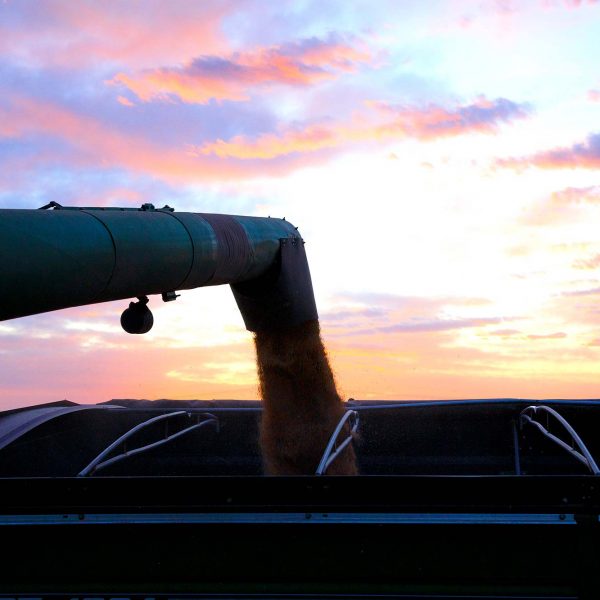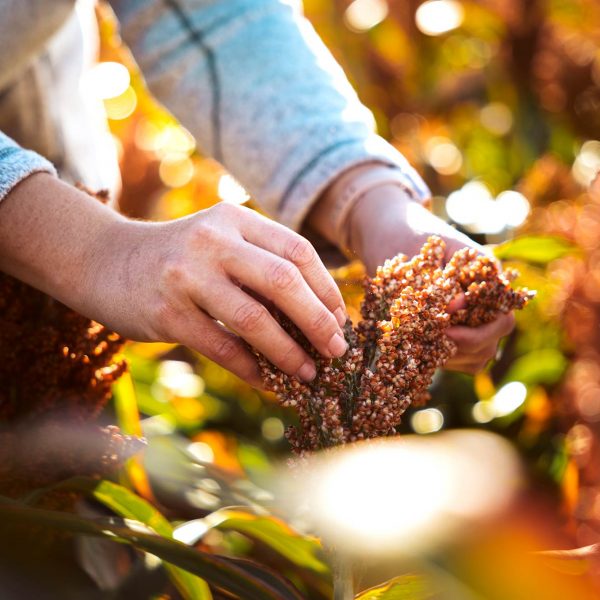Benefits of Starter Fertilizer in Grain Sorghum
March 2024 HP Article
Brent Bean, Sorghum Checkoff Director of Agronomy
Reduced and no-till cropping systems have become increasingly more important as sorghum growers recognize the benefits of these systems to soil health, sustainability, yield and profitability in many regions of the U.S. However, early in the season, an increase in surface residue results in lower soil temperatures at planting, leading to slower emergence and reduced root growth. This reduction in root growth results in a lower rate of nutrient uptake, reducing early season growth and plant health. The use of starter fertilizer at planting can help minimize the effect of low temperatures and improve fertilizer use efficiency.
Sorghum growers can apply starter fertilizer in band over the row, in the seed furrow, below the seed, on the soil surface to the side of the row or on the side but below the soil surface. In-seed furrow placement, often referred to as pop-up placement, has shown an increase in early season growth, but any yield advantage to this treatment has been inconsistent. The reason for this, in part, is that the rate of nitrogen placed in the seed furrow must be kept low, generally less than 8 pounds per acre, depending on soil type, to prevent injury to the germinating seed. However, growers can apply much higher rates when fertilizer is placed a small distance from the seed.
In a three-year study conducted in Kansas (Gordon, KS Field Research, 2022), researchers obtained positive yield results by placing nitrogen and phosphorus either dribbled on the soil surface 2 inches from the row or injected 2 inches to the side and 2 inches deep (Figure 1). All plots received a second application of nitrogen following planting to bring the total nitrogen in each plot to 140 pounds.


A combination of both nitrogen and phosphorus was necessary in the starter mix to maximize yield. Researchers achieved best yields when they applied 30 pounds of nitrogen and 30 pounds of phosphorus (30×30) 2 inches to the side and 2 inches deep. Both dribbling on the soil surface and injecting below the surface improved yields, but, in all treatments, injecting provided the highest yield.
Another major benefit to the starter fertilizer application is the decrease in time required for sorghum to reach maturity. In the Kansas study, sorghum using the 30×30 treatment reached mid-bloom eight days faster than sorghum using no starter fertilizer. This had a dramatic effect at the end of the season, with grain sorghum reaching 15% moisture 13 days earlier than grain sorghum that received no starter fertilizer (Figure 2). The decrease in time to maturity can potentially help sorghum avoid damage from an early freeze event at the end of the season.




